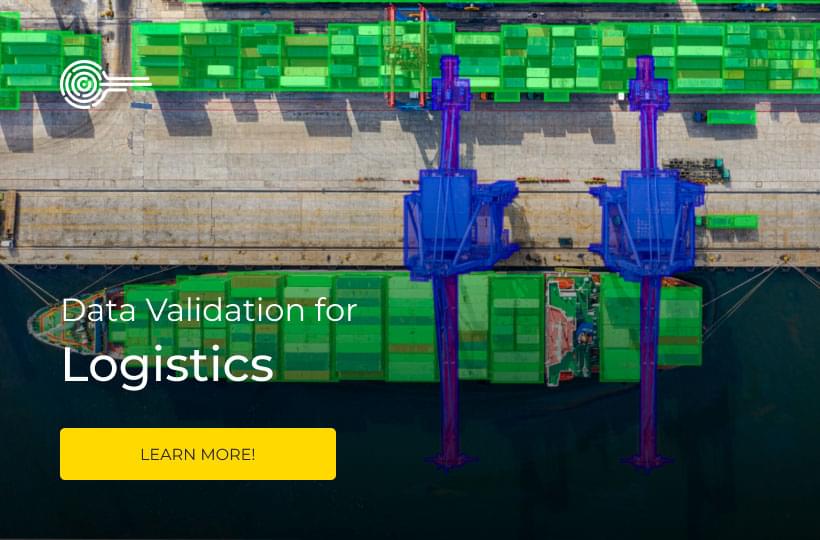How to Leverage Data Annotation for Rescue Operations
Artificial Intelligence (AI) is improving how we do things in many ways. It changes how we interact, communicate, and learn. It is also evolving rescue operations.
Rescue operations are much different today than before AI came along. Now, rescuers can know what's happening in an emergency without being present. This ability helps them save lives.
How does annotation help rescue people in emergencies?
The reason why AI can be so helpful is that it can process data much faster than humans. Data annotation systems analyze images and videos from cameras or drones. Then, they scan thousands of other pictures and videos to find ones that match. This capability allows the system to locate people who need help and respond. Many unique benefits come with using this technology, such as:
- Automating the process of identifying people who are missing
- Gathering data from different sources, including drones and cameras. Computers can analyze this data with algorithms. Then, they provide information about the surrounding area.
- Facilitating communication between rescuers and victims by translating languages or identifying emotions
- Identifying people trapped inside buildings or vehicles to locate those people faster
- Planning the best evacuation routes based on the traffic conditions and road hazards
During natural disasters and extreme temperatures, AI can analyze data. This data comes from sensors, drones, satellites, and other sources. Then, it creates an accurate picture of what's happening on the ground. This information can also help predict where future disasters will occur.
Examples of data annotation in rescue operations
Rescue operations are complex and require coordination between different groups. For example, various organizations may need to work together following a natural disaster like an earthquake or a tsunami. Collaboration is necessary to help people get out of harm's way and get them back on their feet again.
Collaboration can be challenging for many reasons. For example, knowing what resources are available (or necessary) may be difficult without communication between organizations.
An AI system could learn from past experiences with similar disasters. This way, when another disaster occurs in the future, it knows what to allocate and where to send them. The process involves machine learning, image annotation, and video annotation.
Another great thing about AI is how it can process large amounts of information. For example, suppose there's an earthquake, and people are inside buildings. AI might use thermal imaging to detect heat signatures from survivors. Then, AI can help plan and execut search-and-rescue missions. This ability is crucial when dealing with a crisis where there's no time to waste.
Also, AI can help rescuers find victims faster. It can use voice recognition and facial recognition to identify individuals. Rescuers can receive information about where the victim might be according to their devices' last known locations. This data can help them narrow their search area and make it easier to find the victim quickly.

How will data improve rescue operations in the future?
In recent years, artificial intelligence use in rescue operations has increased significantly. AI systems can predict where landslides will occur. It can also analyze environmental data and the impacts on rescue operations.
Technology is already helpful in several areas. Data analysis can tell rescue operators more about a disaster area. For example, rescuers can learn more about infrastructure damage and building safety. It can also predict where the next natural disaster will occur. Data can also show how severe the damage will be, helping authorities prepare. And the potential for AI to continue shaping disaster relief is enormous.
In the future, AI could analyze data even better than now. It will make more accurate predictions about how victims react in different situations. It will also track more information about each victim. For example, a person's medical history or the presence of an allergy could be life-saving information. Then, rescuers can use that data to help coordinate rescue efforts.
What are the limitations of using AI for rescue operations?
Although AI can help rescue operations, it cannot replace human decision-makers. Humans are more flexible than computers. People also adapt better without training in every possible scenario. Computers don't have this flexibility because they only know what you program.
One of these limitations is the quality of the data collection. AI cannot draw accurate conclusions if the data is flawed or incomplete. This problem affects all forms of machine learning and artificial intelligence.

Conclusion
AI helps save lives in rescue operations and emergencies. It provides timely, accurate information to first responders. Knowledge is crucial when dealing with rescues or other emergencies. It helps everyone stay safer by knowing what's happening.
This technology allows teams of humans and machines to work together to make quick decisions. It helps determine where resources should go during crises so everyone stays safe. Contact Keymakr to learn more about leveraging image and video annotation for rescue operations.